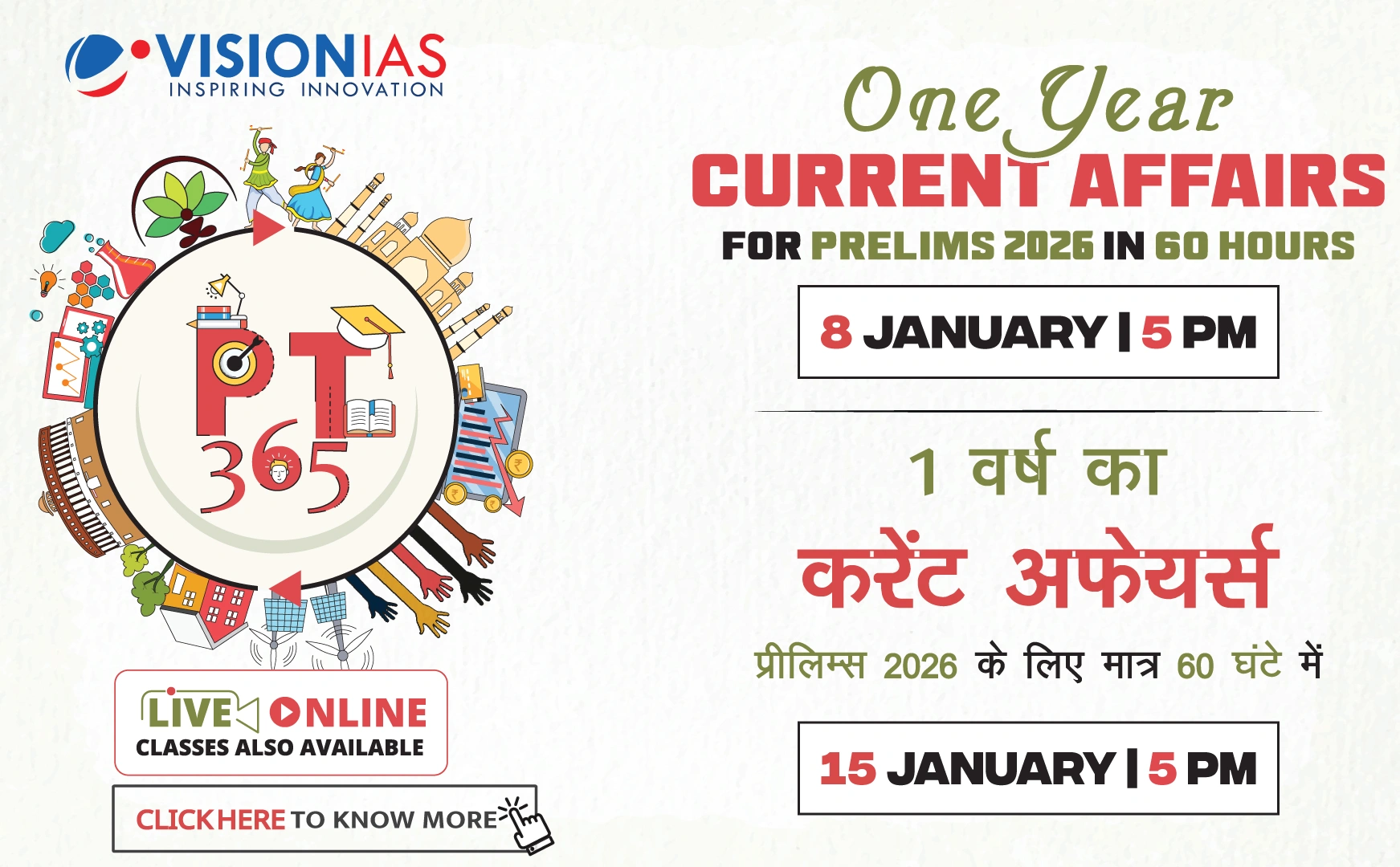Evolution of Science and Technology Policy in India
Since its inception, India's approach towards science and technology (S&T) has placed significant emphasis on scientific temper and innovation. Initially, the focus was on state-controlled institutions like the Tata Institute of Fundamental Research (TIFR) and Bhabha Atomic Research Centre (BARC), which led to significant achievements like the 1974 nuclear test.
Shift towards a Comprehensive Approach
- There is a growing realization that innovation should not be confined to government entities but should encompass intellectual capabilities across society, including private firms.
- Examples from other countries highlight the benefits of integrating private sector capabilities:
- In France, defense research is government-funded but executed by private firms.
- In the US, NASA contracts out 80% of its budget to private firms and universities. The Jet Propulsion Laboratory, initially a private entity, plays a crucial role in NASA's missions.
- India can gain more from involving private organizations in S&T efforts, enhancing societal gains through widespread knowledge application.
Recommendations for Science Policy
In December 2024, a paper was published outlining a new science policy framework for India, advocating for:
- Directing taxpayer resources towards private firms and universities to foster innovation.
- Utilizing public economics, administration, and law to implement this strategy effectively.
Benefits of Contracting Out Research
- Contracting research to multiple private entities can lead to diverse approaches and solutions, with successful ones receiving continued funding.
- Private firms naturally integrate research outcomes into their operations, leading to economic benefits and knowledge spillover.
Recent Developments in Indian Science Policy
- The establishment of the Anusandhan National Research Foundation (ANRF) is a significant milestone, allocating Rs 2,800 crore annually for early-stage research grants.
- The 2025 budget allocates Rs 20,000 crore for private sector-driven research and innovation.
- ISRO plans to procure launch vehicles from private manufacturers, integrating cutting-edge engineering into civilian and commercial applications.
- The Ministry of Electronics and Information Technology (MEITY) has adopted the new paradigm by acquiring GPUs for private IT firms, offering them to researchers at affordable rates.
Challenges and Future Directions
Implementing this new paradigm poses challenges, such as:
- Developing contracts and performance measures for research funding, which differ from ordinary procurement processes.
- Reforming legal frameworks, organizational structures, and public finance strategies to support this transition.
As India moves towards integrating private sector capabilities into its S&T initiatives, the upcoming years could mark a pivotal change in its approach to fostering innovation.



